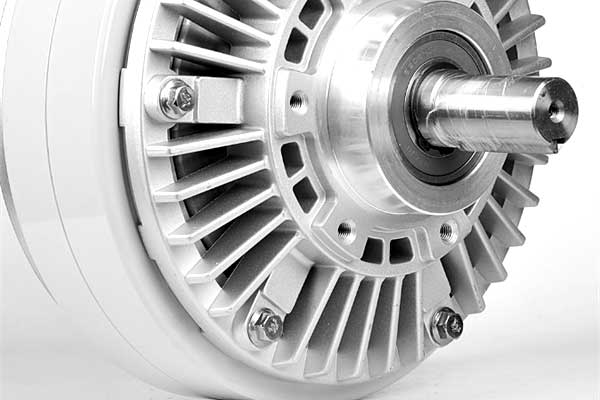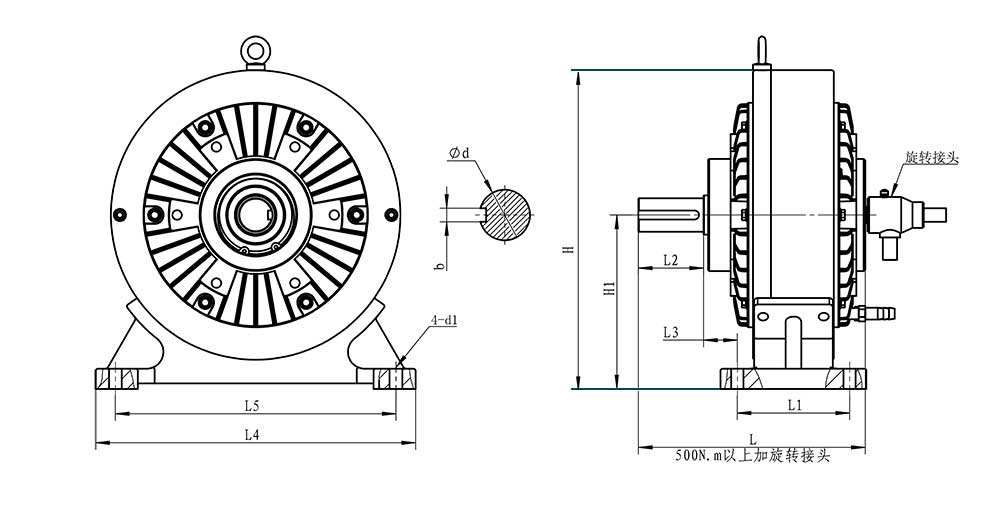Magnetic particle brake is a common braking device used to control the movement of mechanical systems. The following are common faults and solutions of magnetic particle brakes:

- Friction lining wear: Friction lining wear is one of the most common failures of magnetic particle brakes. If the surface of the friction lining is worn excessively, the friction lining needs to be replaced. It should be noted that when replacing the friction plate, a complete set should be replaced instead of one piece alone.
- Electrical failure: The electrical failure of the magnetic particle brake may be caused by poor contact of the wires, damage to the coil winding, or power failure. This failure requires inspection of the circuit and repair or replacement of electrical components.
- Bearing wear: The bearing wear of the magnetic particle brake will lead to problems such as unstable operation of the brake and increased noise. This failure requires bearing replacement.
- Overheating: When the magnetic particle brake is operated under overload, it may overheat and be damaged. This failure requires checking the load and cooling of the mechanical system and replacing the brakes or upgrading the cooling system as needed.
- Cracked oil seal: Cracked oil seal will cause lubricating oil to leak, which may cause damage to the magnetic particle brake. This failure requires replacing the oil seal and cleaning the lubrication system inside the brake.
In short, the troubleshooting of magnetic particle brakes requires careful diagnosis of the cause of the failure and appropriate measures to be taken according to the situation. For more complicated problems or the need to replace parts, it is best to seek help from professional technicians.
